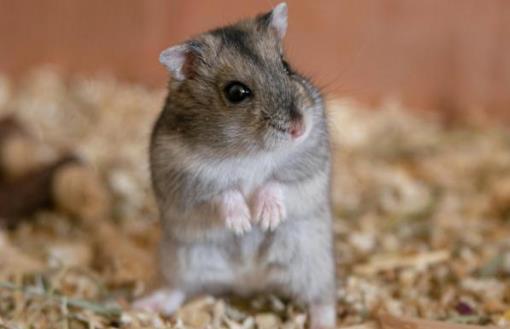Taking care of newly born hamster babies requires special attention to breastfeeding, environmental stability, and avoiding human interference. Their healthy growth can be ensured through scientific artificial feeding and hygienic management. The following are specific suggestions:

I. Feeding Management
Breastfeeding as a Priority
For the first two weeks, focus on breastfeeding as breast milk can provide immunity and nutrition. If the mother hamster refuses to nurse, you can dip a cotton swab in breast milk to stimulate the baby hamsters to suck, or use sugar-free special milk powder for hamsters as a substitute.
When artificially feeding, it is necessary to control the temperature of the milk (close to body temperature), the feeding frequency (6-8 times a day), and the feeding amount (1-2 milliliters per time) to avoid choking on milk.
Adding Supplementary Foods
Ten days after birth, you can try liquid foods such as goat milk powder. After 2-3 weeks, gradually add easily digestible grains such as oatmeal and cornflakes. After 4-5 weeks, you can introduce vegetables and fruits (such as carrots and apples).
Avoid feeding meat or high-sugar foods too early to prevent indigestion.
II. Environmental Control
Temperature and Humidity
The optimal temperature is 20-25°C. In winter, a heating pad or a hot water bottle can be used to assist with heat preservation, but avoid direct contact with the heat source. The humidity should be maintained at 50%-60%, which can be adjusted with a humidifier.
Bedding and Cage Equipment
Choose dust-free wood shavings or paper cotton for laying (with a thickness of more than 5 cm), and add cotton to enhance warmth retention. The cage should be divided into areas (rest area and activity area), and facilities such as a hiding house should be equipped.
Do not clean the cage within the first two weeks to prevent the mother hamster from getting stressed due to environmental changes.
III. Precautions
Forbid Touching the Baby Hamsters
Do not directly touch the baby hamsters within 10 days after their birth, as leaving human smell may cause the mother hamster to abandon them. When observing, you can gently stir the bedding with chopsticks, and the movements should be gentle.
Nutritional Supplementation for the Mother Hamster
The mother hamster during the lactation period needs a high-protein diet (such as mealworms and chicken breast) and sufficient drinking water to ensure milk secretion and physical recovery.
Health Monitoring
Observe the baby hamsters' appetite, excretion, and activity status every day. If any abnormalities are found (such as weight loss or rapid breathing), seek medical attention in a timely manner.
IV. Common Misunderstandings
Checking the Baby Hamsters Frequently: This may cause the mother hamster to be anxious and even harm the baby hamsters. It is necessary to keep the environment quiet and dark.
Separating the Baby Hamsters into Different Cages Too Early: It is recommended to separate the baby hamsters into different cages after 4-5 weeks to avoid insufficient immunity.
Through scientific feeding and environmental management, the survival rate of baby hamsters can be significantly improved.
